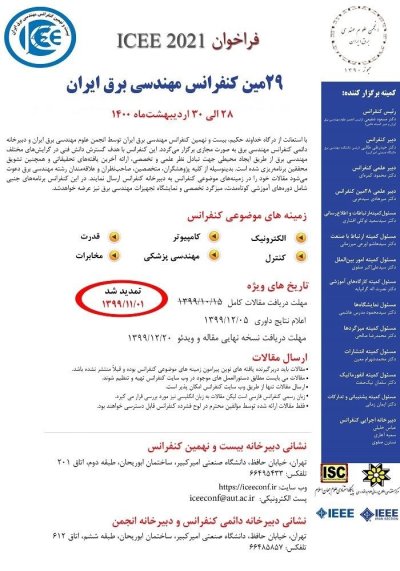0% Complete

نویسندگان :
کلمات کلیدی :
چکیده :
لیست مقالات بایگانی شده
Amirhossein Koochekian - Morteza Farahi - Hamid Reza Sadr manouchehri Naeini - Mohammad Reza Mohebian - Hamid Reza Marateb - Marjan Mansourian - Roya Kelishadi
زهرا کمالی - محمدصادق هل فروش - کامران کاظمی - مژگان اکبرزاده
Alireza Jafarieh - Mahdi Nouri - Hamid Behroozi
Jamal Kazazi - Alireza Rahmani - Mahmoud Kamarei
Ali Akbar Farahani - Seyed Hossein Hesamedin Sadeghi
مهیار مدنی اصفهانی - عارف آقاملائی - طالب عبدالهی - سعید شمقدری
Ahmad Tanha - Hami Rabbani - Lotfollah Beygi
Mojdeh Hemati - Mehdi Shajari
Ahmad Bakhtafrouz - Zahra Akhoondmahdi - Mohammad Matin Mashayekhi
Maedeh Azadi Moghadam - Ali Maleki





